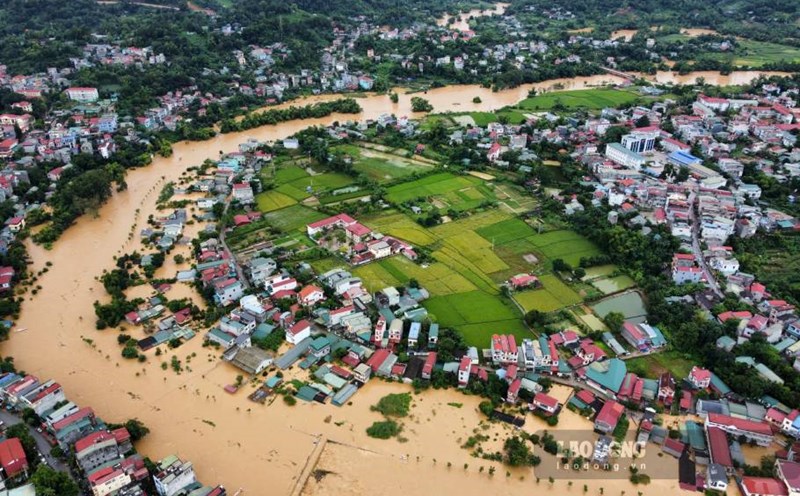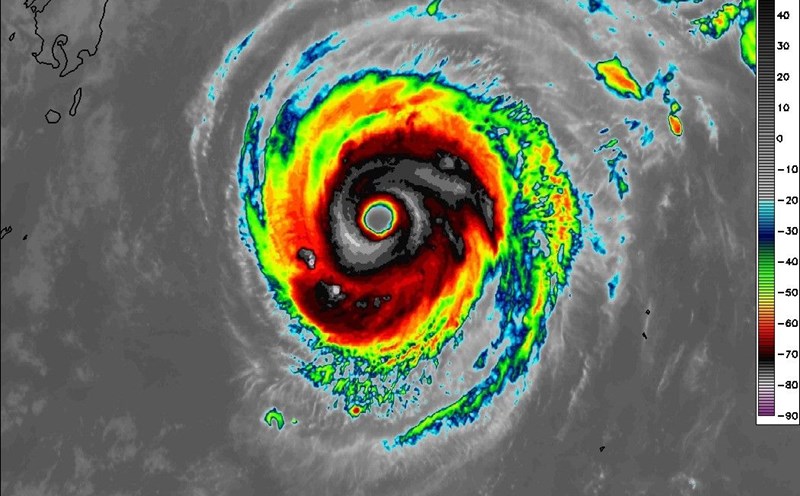After heavy rains, the water recedes, but mold will appear in many houses. The patchy walls and strong, moist odor not only cause discomfort but are also a direct cause of serious affect of the human respiratory system.
According to medical experts, after the floodwaters recede, the humidity in the house often increases, creating perfect conditions for mold to grow.
Small fungal deposits are released into the air, penetrating the airways when people inhale.
For healthy people, they can cause coughing, sneezing, and irritation to the nose and throat. As for children, the elderly or people with underlying diseases such as asthma, allergic rhinitis, congested lung disease and the consequences can be much more serious.
The milestone is a disease outbreak right in the house
Mushroom relatives not only exist on walls, ceilings, and floors but also cling to carpets, clothes, and mattresses.
When exposed to humid environments, they grow strongly, secreting toxins that can cause inflammation of the respiratory tract, skin allergies and even affect the nervous system if exposed for a long time.
The strong, moldy smell in a closed space also makes people living there feel tired, have headaches, and have difficulty breathing.
What should you do to protect your lungs after flooding?
The first thing is to clean up and dry the entire flooded area. Items such as blankets, pillows, carpets, curtains should be washed and sunburned.
Open the door open well, use a fan or humidifier to reduce air humidity below 60%.
Marking marks on the wall can be cleaned with vinegar or diluted alcohol, avoiding using strong chemicals in closed spaces.
If you experience symptoms such as prolonged coughing, nasal congestion, shortness of breath or fatigue after cleaning the flooded house, you should go to a medical facility for respiratory check-ups.
Prevention is better than treatment
Every rainy and stormy season, proactively humidifying and cleaning the living space is a key factor to protect the lungs.
A clean, dry house not only helps limit mold growth but is also a safe shield for the health of the whole family.







